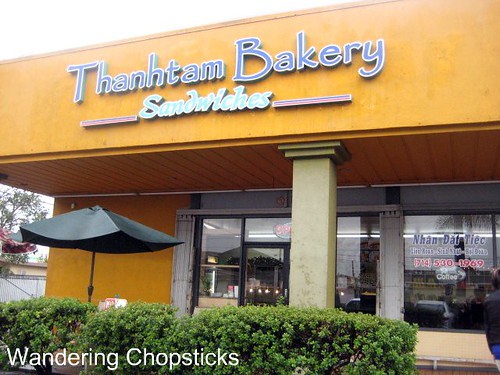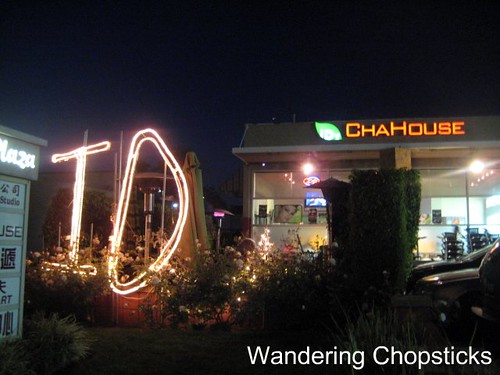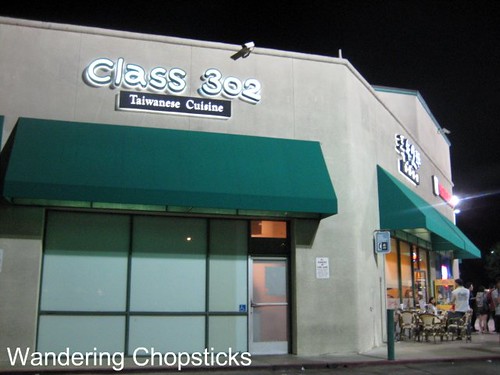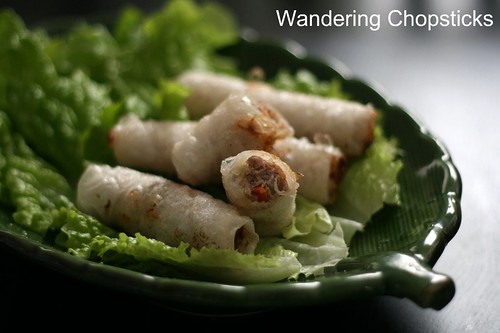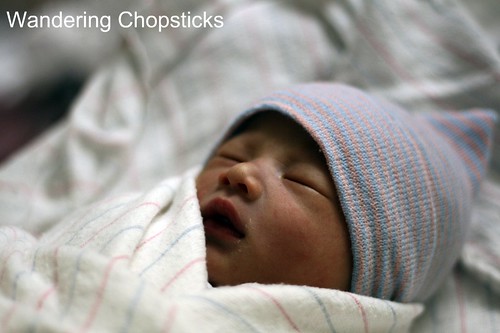Long ago when I used to work in this area, I'd occasionally drive past
Centro Basco Restaurant in Chino and wonder.
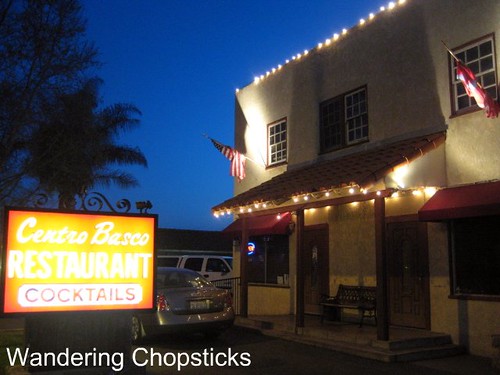
What did I know of the Basques?
Very little.
I met one when I was 15 and won a speech and essay contest from the
Independent Order of the Odd Fellows United Nations Educational Pilgrimage for Youth, Inc. for a three-week cross-country bus trip from Oregon to the East Coast. From him, I learned about the Basque population in Eastern Oregon who came to work as sheepherders and that the Basque language, Euskera, was unlike any other.
In drawings that I've seen of the Indo-European language tree, where similar languages such as Spanish, Italian, and French would be shown as branching off from the main one such as Latin, Basque comes in as a random bird flying in from the horizon, unrelated to anything else.
And then there was the hunky Basque Nick, who won Delaney's heart in "
Truly Madly Yours" by Rachel Gibson.
But, you probably want something a little more academic? In which case, I would defer to "
The Basque History of the World" by Mark Kurlansky, but I'm only on page 62. So instead of trying to condense way too much history into too small of a space, I defer to Wikipedia's entry on the
history of the Basque people and their entry on
Basque-Americans.
I'm rather stuck on page 16. That's where Kurlansky discusses the Gateau Basque, a cake filled with cherry jam and/or pastry cream that originated in the Nivelle River valley, which includes the town of Itxassou, famous for its black cherries. Gateau Basque, I vow to make it one of these days.
Kurlansky also discusses the high numbers of Basques with O Rh negative blood, which can fatally poison a fetus who has positive blood, and may be a reason why the Basque population is not as high as it could be. According to Wikipedia, there are an estimated 18 million Basques world-wide, 57,793 Basque Americans, and 20,868 Basques in California.
Which brings us back to Centro Basco Restaurant in Chino, which opened in 1940 as a boarding house to serve the Basque sheepherders in the Chino Valley. Since 1970, the restaurant has been operated by the Berterretche family, whose hometown is St. Jean Pied de Port, France.
Certainly you could visit the restaurant at any time and sit in their normal dining room to try the French Basque dishes. But how much more fun is to sit at one of the communal tables and dine with others? Thanks to my advertiser,
Foodbuzz's 24, 24, 24, I was able to treat
Gourmet Pigs and
Starchy Marie to the most charming dining experience we've had in a while.
